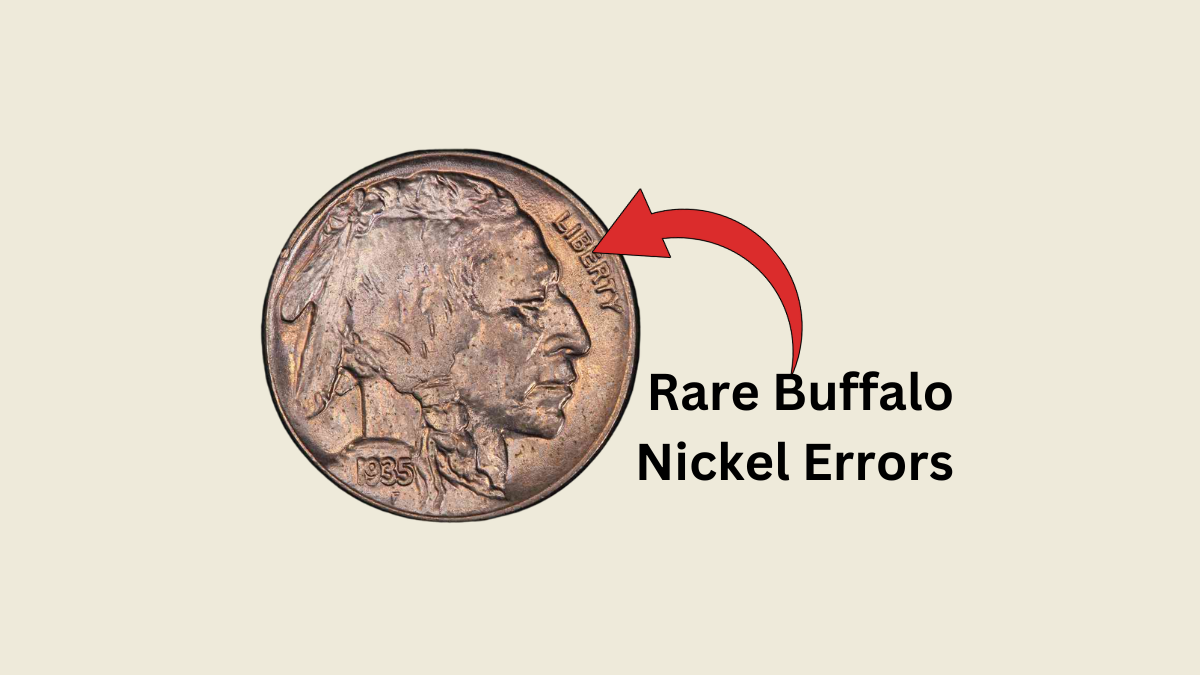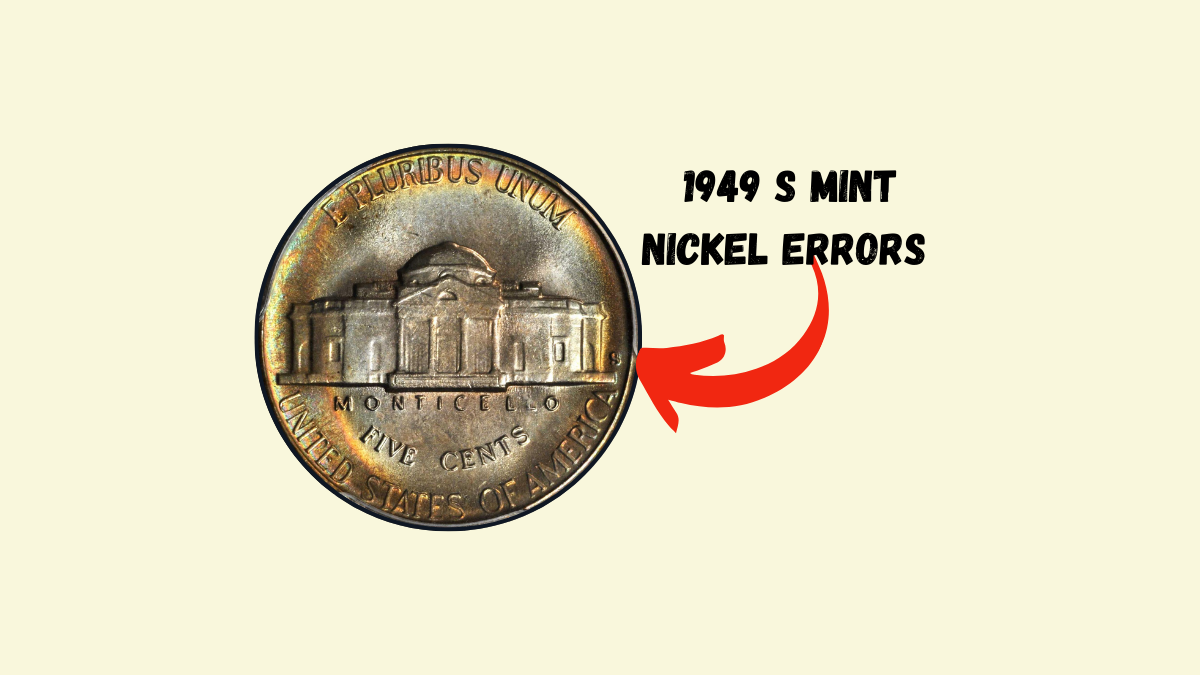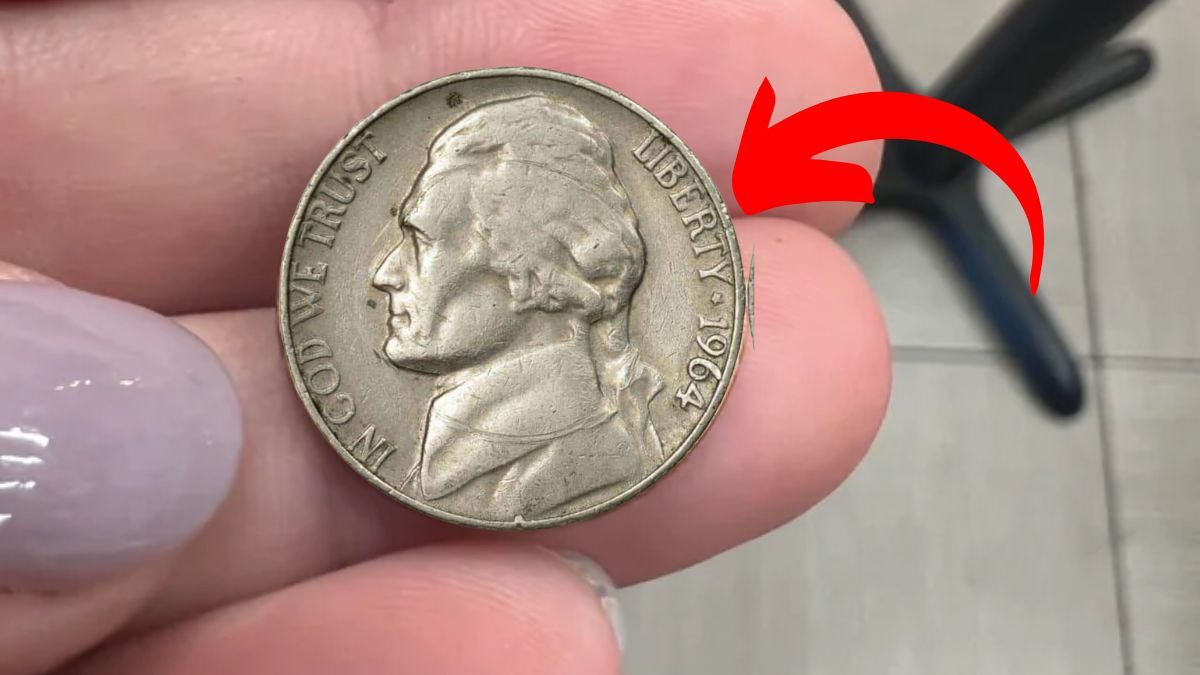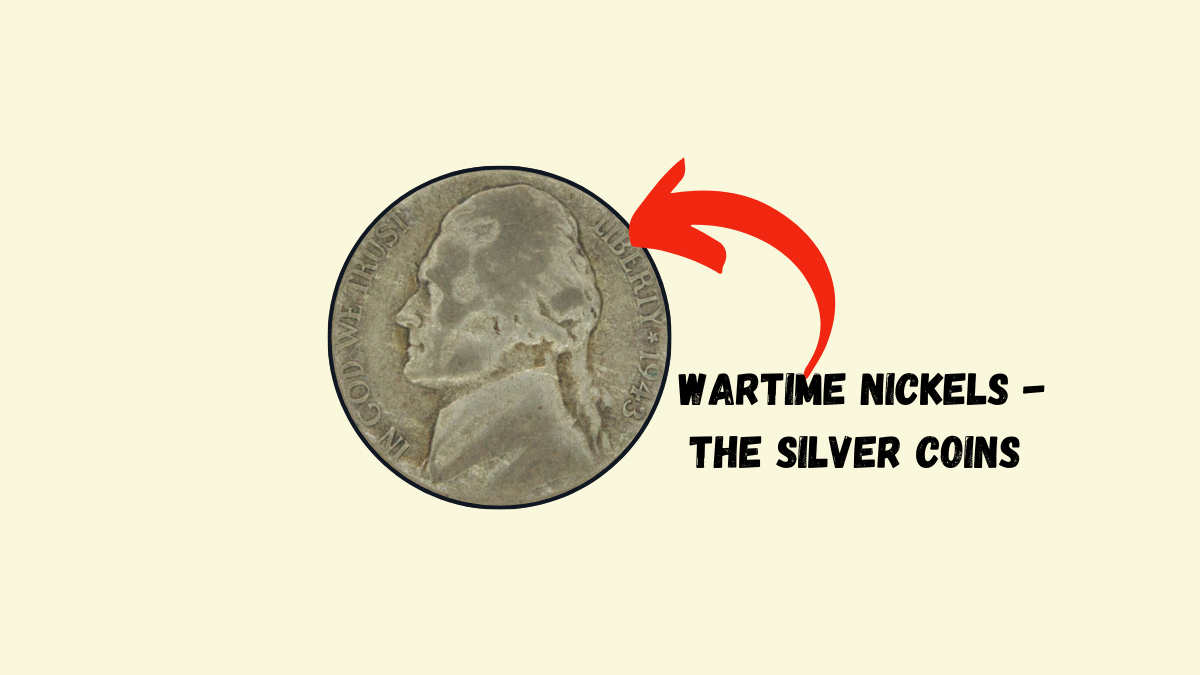Buffalo nickels, minted from 1913 to 1938, are cherished by collectors for their distinctive design and historical significance.
Specific errors on these coins have elevated their value, making them highly sought after in numismatic circles. Here, we delve into five notable errors found on Buffalo nickels.
1. 1916 Doubled Die Obverse Error
The 1916 Buffalo nickel features a prominent doubled die error on the obverse, where the date and other inscriptions appear doubled due to a misalignment during the die creation.
This error is particularly evident on the date’s digits ‘9’, ‘1’, and ‘6’. In pristine mint state (MS65), this coin has fetched prices up to $105,000 at auctions.
2. 1918/7-D Overdate Error
During the transition from 1917 to 1918, some Denver-minted Buffalo nickels were erroneously struck with a 1917 die, then corrected by overstamping with 1918, resulting in the overdate ‘8’ over ‘7’.
This overdate error is highly prized among collectors. An example in mint state (MS65) condition has been known to sell for $264,500.
3. 1937-D Three-Legged Buffalo Error
One of the most famous errors is the 1937-D Buffalo nickel missing the front right leg of the buffalo. This occurred due to excessive die polishing, which removed the leg detail.
Approximately 10,000 of these coins are believed to exist today. In excellent condition, they can command prices up to $99,875.
4. 1935 Doubled Die Reverse Error
The 1935 Buffalo nickel exhibits a doubled die error on the reverse side, noticeable around the motto “E PLURIBUS UNUM” and the words “FIVE CENTS.”
This doubling resulted from a misalignment during the die-making process. Coins with this error, especially in higher grades, are highly sought after by collectors.
5. 1926-S Buffalo Nickel
The 1926-S Buffalo nickel is notable not for a minting error but for its low mintage and poor strike quality, making well-preserved examples rare. In mint state (MS65), these coins can be valued at around $25,000.
| Error Type | Description | Estimated Value (MS65) |
|---|---|---|
| 1916 Doubled Die Obverse | Doubling of the date and inscriptions on the obverse. | Up to $105,000 |
| 1918/7-D Overdate | ‘8’ stamped over ‘7’ in the date. | Up to $264,500 |
| 1937-D Three-Legged Buffalo | Missing front right leg of the buffalo due to die polishing. | Up to $99,875 |
| 1935 Doubled Die Reverse | Doubling on the reverse inscriptions. | Variable; highly sought after |
| 1926-S Low Mintage | Low mintage with poor strike quality; not an error but highly valued. | Around $25,000 |
FAQs
What causes a doubled die error on Buffalo nickels?
A doubled die error occurs when the coin die receives multiple misaligned impressions from the hub, leading to duplicated images on the struck coins.
How can I identify a 1937-D three-legged Buffalo nickel?
Examine the buffalo’s front legs; if the front right leg is missing, it’s likely the three-legged variety.
Are all 1918/7-D overdate nickels valuable?
Yes, especially those in higher grades. The overdate error makes them particularly desirable to collectors.
Why is the 1926-S Buffalo nickel valuable despite lacking an error?
Its low mintage and generally poor strike quality make well-preserved examples rare and valuable.
Where can I get my Buffalo nickel appraised?
Consult reputable coin dealers or professional grading services to accurately assess your coin’s value.




